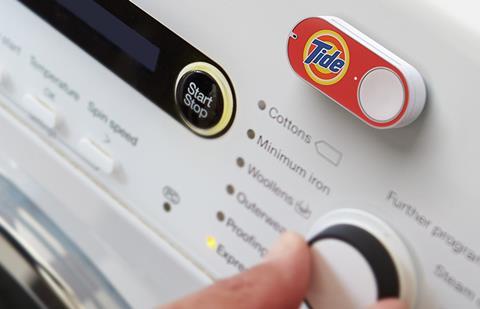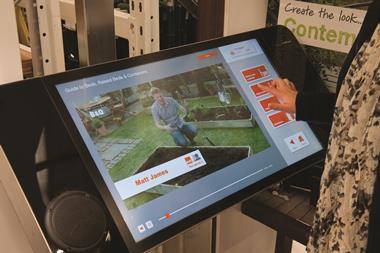The launch of Amazon’s new ‘Dash button’ will enable customers to order household items at the touch of a button.

It is an exciting new venture for the firm and one which opens up a whole host of ecommerce ideas for the manufacturing industry as a whole, but only if supply can keep up with a faster pace of product demand.
“The whole infrastructure of a retail business, from IT processes to warehouses, is built to serve customers who didn’t expect the seamless movement between different channels that is now the norm” says Neil Kinson, vice president EMEA at process automation specialist Redwood Software.
Innovations like Amazon’s Dash pave the way for new shopping habits as consumers flit more easily between the online and offline worlds, but they also present retailers with new challenges in delivering products or services to increasingly impatient customers.
As growing numbers of orders come in both offline and online, manufacturers will be under greater pressure to customise production plans and volume based on inventory turnover data from retailers.
To meet expectations for a more seamless customer experience, retailers need to measure stock accurately and, most importantly, focus on having the right stock in the right place to fulfil customer demand.
“The only way to deliver against brand promise, minimise risks and remain competitive in today’s omnichannel world is by eliminating the infrastructure-related process bottlenecks and error-prone manual effort,” says Kinson.
“Retailers that are testing new technologies will need to strengthen supply chains and implement tightly automated processes to monitor critical information like stock listings and inventory checks to ensure that offline and online run successfully together.”


























No comments yet